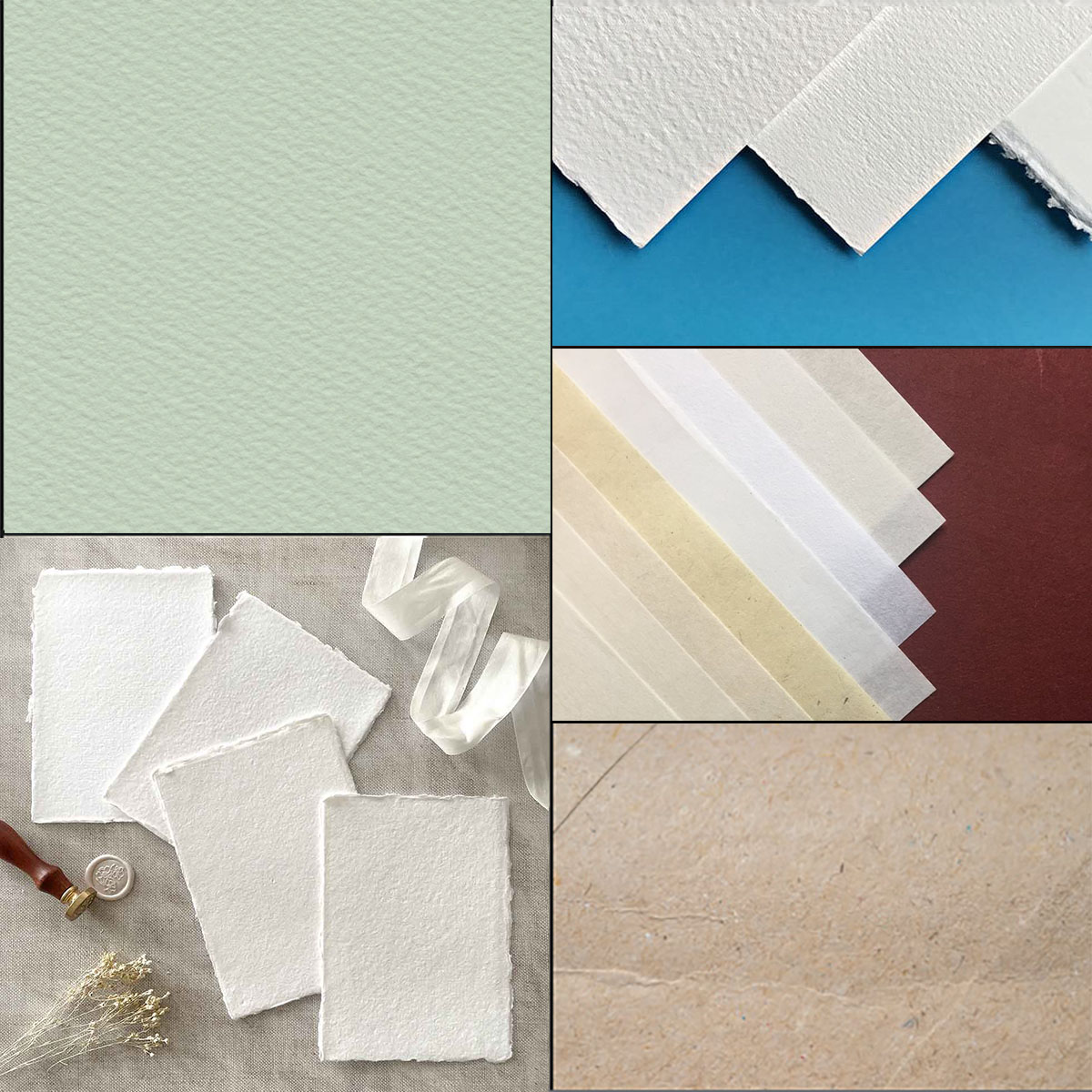The use of water-soluble inks has redefined the boundaries of contemporary art, offering artists new possibilities for expression and experimentation. Known for their ease and flexibility, water-soluble inks are widely used to create works with fluid and dynamic textures. Unlike traditional inks, their interaction with water allows for the achievement of unpredictable effects, such as transparencies, flows, and color fusions, which add depth and movement to artworks.
Artists take advantage of these properties to blur the lines between traditional and contemporary art. Techniques include applying diluted ink to wet paper, creating soft transitions, and blending with watercolor or gouache to achieve complex and layered images. This approach enables artists to experiment with different textures and to create abstract or realistic compositions with unique aesthetic outcomes.
The incorporation of water-soluble inks into contemporary art is not limited to paintings. They are used in various media, such as installations and calligraphic works, where the natural motion and diffusion of the ink add another dimension to the artistic pieces. This technique also has environmental implications, as water-soluble inks are often non-toxic and environmentally friendly, making them a sustainable choice for artists.






